How Can We Avoid Deforestation’s Worst Climate Impacts?
- August 7, 2024
- 0 comment
Deforestation has a massive impact on our climate, disrupting the delicate balance of our planet. Forests act as natural sponges, absorbing CO2 and helping regulate the air we breathe. When they’re destroyed, we lose not only vital habitats for countless species but also a critical tool for fighting climate change. To prevent deforestation and its worst impacts, we must work together to protect these ecosystems and develop sustainable solutions. Let’s dive into effective strategies to reduce deforestation and safeguard our planet’s future.
Understanding the Impacts of Deforestation on Climate
Carbon Emissions
Deforestation significantly accelerates carbon emissions, fueling global warming at an alarming rate. Forests are vital carbon sinks, with mature trees absorbing CO2 through photosynthesis and storing it in their wood, leaves, and soil. However, when trees are cut down or burned, this natural storage system is disrupted.
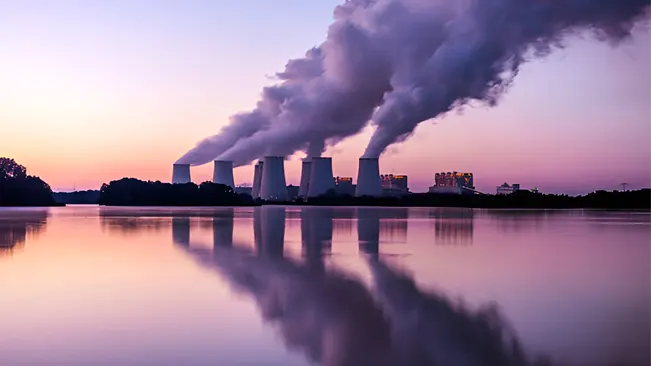
The stored carbon is released back into the atmosphere as CO2, whether through burning or the natural decomposition of felled trees. With large-scale deforestation happening worldwide, we lose enormous carbon storage potential each year, worsening climate change. Protecting forests is critical to reducing deforestation’s climate impacts and stabilizing our planet’s carbon balance.
Loss of Biodiversity
Deforestation leads to a severe loss of biodiversity, weakening ecosystems’ resilience and reducing forests’ ability to store carbon. In a diverse forest, various species work together to endure environmental stresses, support ecological functions, and maximize carbon sequestration.
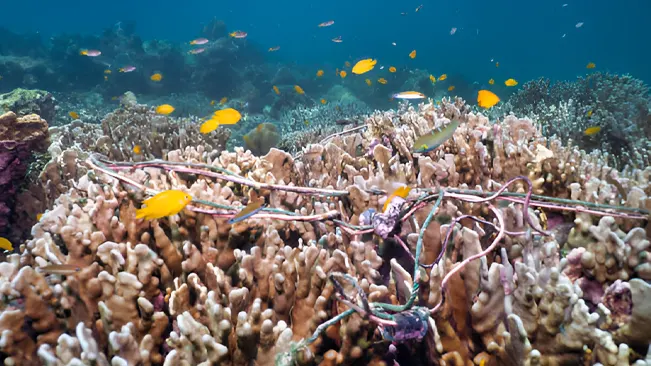
When deforestation disrupts these natural systems, it doesn’t just reduce tree numbers it also breaks down the complex interdependencies that support ecosystem health. With fewer species, these ecosystems become more vulnerable to degradation and are less effective in long-term carbon storage, diminishing one of our strongest natural defenses against climate change.
Alteration of Water Cycles
Deforestation disrupts water cycles on both local and global scales, impacting climate patterns in the process. Forests are essential to the hydrological cycle, absorbing rainfall and releasing water vapor into the atmosphere through transpiration, which supports cloud formation and precipitation.
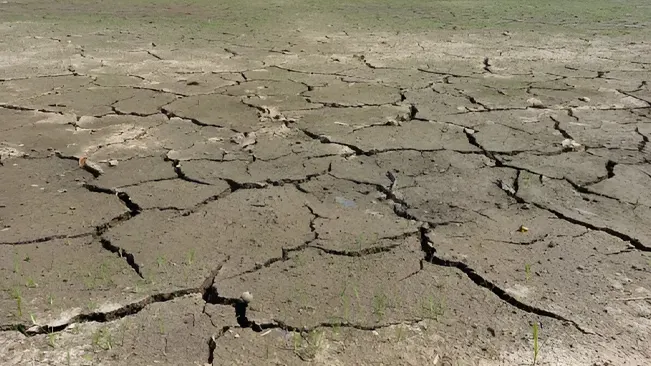
When forests are removed, the land loses its natural capacity to absorb and retain water, leading to faster runoff and decreased groundwater levels. This disruption intensifies droughts, increases the risk of flooding, and further destabilizes regional climates, underscoring the need for solutions to deforestation to maintain balanced ecosystems and climate stability.
Deforestation and Climate Change
Deforestation plays a major role in climate change by disrupting essential carbon and water cycles. Forests act as natural carbon sinks, absorbing CO2, a key greenhouse gas. When these forests are cleared, not only does this absorption cease, but the stored carbon is also released, raising atmospheric CO2 levels. Land-clearing fires add to these emissions, with deforestation contributing approximately 10% of global warming emissions.
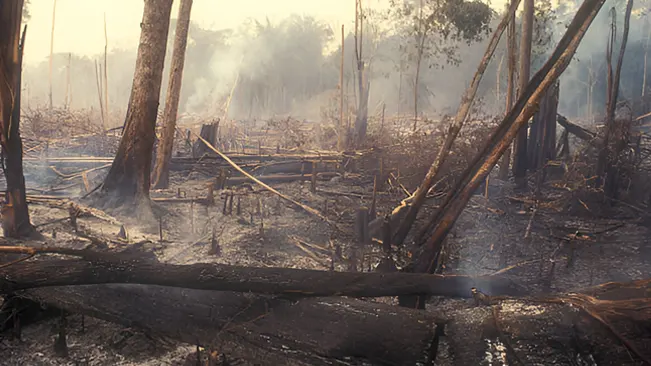
Beyond carbon, deforestation impacts local climates by reducing rainfall and raising temperatures, risking the transformation of fertile regions into arid zones. These shifts threaten biodiversity and human livelihoods, underscoring the urgent need for global efforts to prevent deforestation and promote reforestation.
Primary Causes of Deforestation
Agriculture
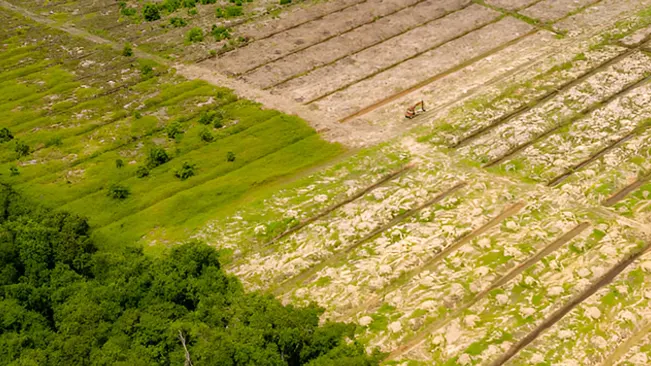
The conversion of forests into agricultural land is the primary cause of deforestation worldwide. This process involves clearing large forest areas to create space for crops and livestock grazing. Factors such as population growth, rising food demand, and the expansion of commodities like soy, palm oil, and beef drive this need for land. However, this shift from forests to agriculture not only reduces forest cover but often results in soil degradation and significant biodiversity loss as natural habitats are replaced with monocultures. Addressing these impacts calls for sustainable agricultural practices and policies to reduce deforestation and protect remaining forested areas.
Logging

Logging, the cutting of trees for timber and other wood products, is a major contributor to forest degradation and loss. Although some logging is done sustainably, illegal or poorly regulated practices often result in widespread forest destruction. The demand for wood products used in furniture, paper, and construction continues to drive logging activities. Additionally, logging roads often open up previously untouched forest areas, making them vulnerable to further exploitation and accelerating deforestation. Sustainable logging practices are essential to mitigate these impacts and protect remaining forests from excessive degradation.
Mining

Mining operations, whether for minerals, oil, or gas, require extensive land use and often lead to substantial forest loss. To set up extraction sites, large forest areas are cleared for infrastructure, waste disposal, and extraction processes. This destruction impacts more than just trees it also pollutes the environment with toxic substances that harm wildlife and threaten the health of nearby communities. Additionally, the disruption of land from mining often leads to secondary deforestation, as new access roads open surrounding areas to further exploitation. Sustainable land management is essential to reduce deforestation linked to mining and protect forest ecosystems.
Infrastructure Development
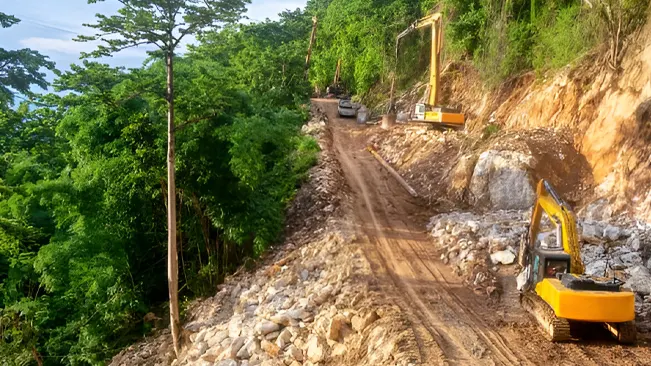
Infrastructure development such as roads, dams, and urban expansion directly and indirectly drives deforestation. Roads cut through forests to connect cities and access remote areas, which often leads to further deforestation by opening these regions to agriculture, logging, and other land uses. Dams can flood vast forested areas, while urban expansion consumes forest land to make space for homes and commercial areas. This type of deforestation is especially challenging to control, as it is propelled by large-scale economic and developmental policies. Sustainable planning and policies are crucial to prevent deforestation and balance development with forest preservation.
Fires
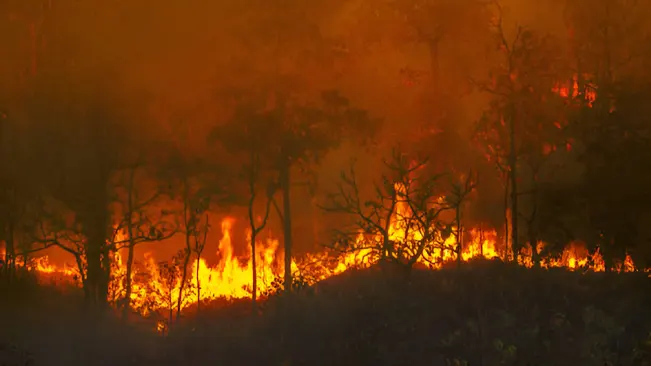
Fires, whether naturally occurring or human-induced, contribute significantly to forest loss. Natural fires can be part of a forest’s ecological cycle, clearing old vegetation and promoting new growth. However, human-induced fires are frequently set to clear land for agriculture or to disguise illegal logging, often spreading uncontrollably and destroying vast forest areas especially in regions with prolonged dry seasons. Climate change amplifies this issue by increasing both the frequency and intensity of wildfires, leading to even greater forest destruction. Reducing human-caused fires and implementing fire management strategies are essential to mitigate these impacts and protect forest ecosystems.
The Worst Impacts of Deforestation on Climate
Increased Carbon Emissions
Forests serve as vital carbon sinks, absorbing carbon dioxide (CO2) and playing a crucial role in regulating the global climate. Mature trees capture significant amounts of CO2 through photosynthesis, storing it within their wood and soil, which helps balance atmospheric CO2 levels and combat climate change. However, when forests are cleared, this essential carbon-absorbing function stops.
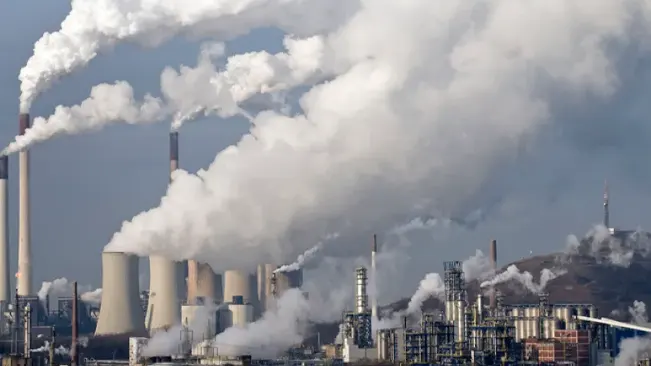
The stored carbon is released back into the atmosphere as CO2 when trees are burned or naturally decompose. This release not only eliminates the climate benefits these forests provided but also contributes substantially to greenhouse gas emissions, worsening the impacts of global warming. Protecting forests is essential to reduce deforestation’s climate impact and support carbon balance.
Disruption of the Water Cycle
Forests play a vital role in maintaining the water cycle through transpiration, where trees release water vapor into the atmosphere, promoting cloud formation and precipitation. When deforestation occurs, less moisture enters the atmosphere, leading to reduced cloud formation and decreased local and regional rainfall.
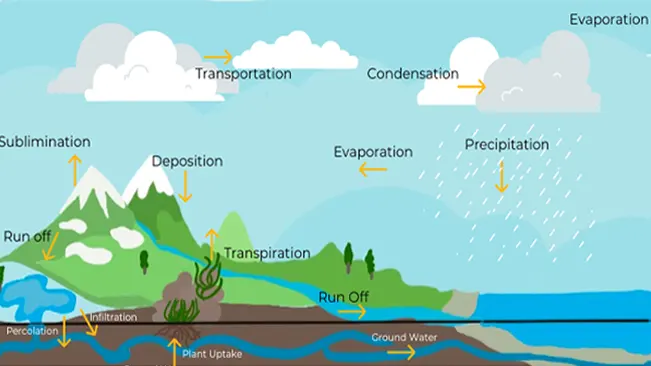
This reduction in precipitation can worsen drought conditions, alter weather patterns, and impact agriculture, water supplies, and overall climate stability. In severe cases, the lack of rainfall can contribute to desertification, highlighting how deforestation disrupts essential natural processes that help regulate climate and sustain ecosystems.
Loss of Biodiversity
Forests are some of the most biodiverse ecosystems on Earth, housing over 80% of terrestrial species, including plants, animals, and insects. When forests are cleared, these complex ecosystems are disrupted, resulting in major biodiversity losses. Many species face habitat destruction and food scarcity, driving them closer to extinction.
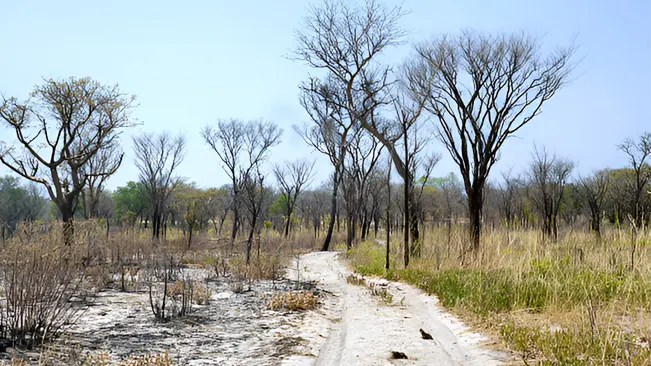
This decline in biodiversity weakens ecosystem resilience, leaving forests less capable of adapting to environmental changes, such as climate shifts or disease outbreaks. Fewer trees and diminished diversity also reduce forests’ ability to support crucial ecological functions, like carbon storage and water cycle regulation, underscoring the profound impact of deforestation on global biodiversity.
Soil Degradation
Forests play a crucial role in protecting soil from erosion. Tree roots help stabilize the soil, while their canopies buffer the impact of raindrops. In forested areas, soil is rich in organic matter and nutrients essential for plant growth. When trees are removed, the soil is left exposed to wind and rain, leading to rapid erosion and a significant loss of fertile topsoil.
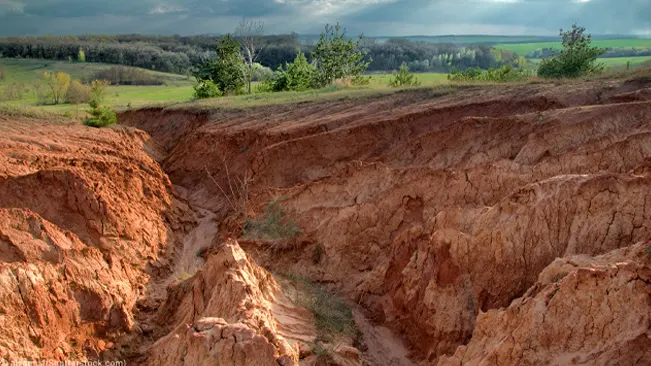
This degradation reduces agricultural productivity and heightens the risk of landslides and sedimentation in rivers, affecting water quality and aquatic ecosystems. Preserving forests is essential to maintain soil health and prevent the cascading effects of soil degradation.
Increase in Surface Temperature
Forest canopies provide essential shade and help regulate surface temperatures, making forests key to both local and global temperature stability. Trees also cool the air through evapotranspiration, releasing water vapor that naturally lowers temperatures. When forests are removed, these cooling effects vanish, leading to an increase in surface temperatures.
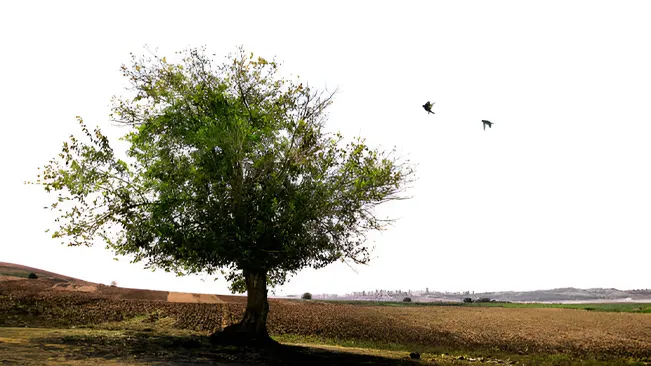
Without tree cover, exposed soil absorbs more solar radiation, further raising local temperatures and even contributing to the urban heat island effect in nearby developed areas. This temperature rise can disrupt local climate patterns and worsen the effects of global warming, highlighting the critical role of forests in climate regulation.
Amplification of Climate Change
Deforestation accelerates climate change by driving increased carbon emissions, disrupting water cycles, reducing biodiversity, and raising surface temperatures. These interconnected impacts contribute to more intense and frequent extreme weather events, such as hurricanes, heat waves, and heavy rainfall.

Shifts in climate patterns affect agricultural timing and yield, water availability, and the health of both human and ecological communities. To counter these severe effects, urgent action is needed to protect and restore forested areas, as forests are essential to mitigating climate change’s worst impacts and supporting a stable global climate.
Sustainable Practices to Mitigate Deforestation
Reduce Consumption
Reducing personal consumption of tree-derived products, like paper and wood, is one of the most effective ways individuals can help fight deforestation. Choosing digital alternatives such as reading online instead of printing or using digital communication over paper can significantly lower demand for paper.

Additionally, opting for furniture and other wood products made from recycled materials or sustainably sourced wood certified by organizations like the Forest Stewardship Council (FSC) reduces pressure on forests. These conscious choices support forest conservation efforts and contribute to long-term environmental sustainability.
Support Sustainable Businesses
Supporting businesses that prioritize eco-friendly practices and hold sustainability certifications is a powerful way for individuals to contribute to deforestation prevention. By choosing companies committed to reducing their environmental footprint and investing in sustainable supply chains, consumers help shift market demand toward greener practices.
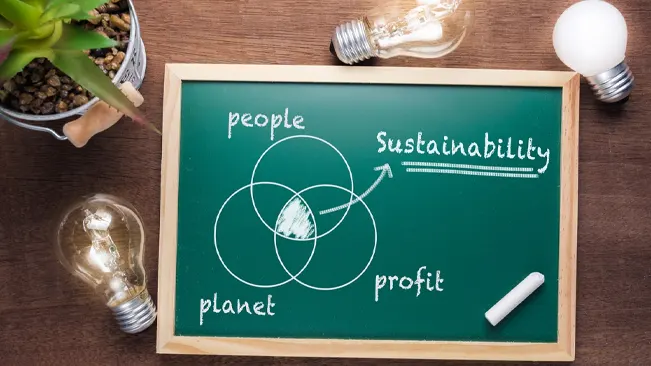
This can include purchasing products made with recycled content, supporting brands that offset their carbon footprint, or selecting items that contribute to reforestation and conservation projects. Consumer choices influence corporate behavior, encouraging more companies to adopt responsible environmental practices and protect forests.
Plant Trees
Supporting businesses that prioritize eco-friendly practices and hold sustainability certifications is a powerful way for individuals to contribute to deforestation prevention. By choosing companies committed to reducing their environmental footprint and investing in sustainable supply chains, consumers help shift market demand toward greener practices.
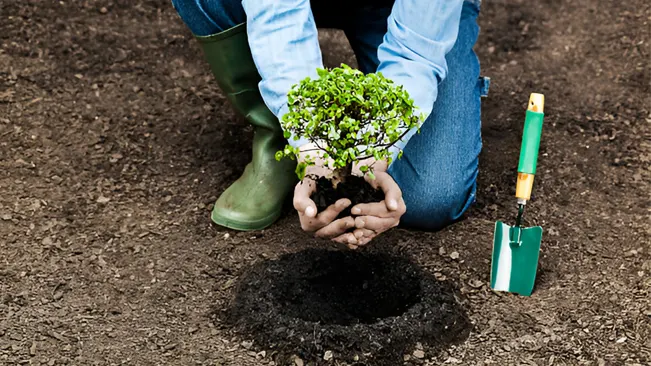
This can include purchasing products made with recycled content, supporting brands that offset their carbon footprint, or selecting items that contribute to reforestation and conservation projects. Consumer choices influence corporate behavior, encouraging more companies to adopt responsible environmental practices and protect forests.
Educate Others
Education is a powerful tool in the fight against deforestation. By raising awareness about the causes and consequences of deforestation, individuals can inspire collective action. This can be achieved through organizing workshops, speaking at community events, creating informative online content, or simply engaging in conversations with friends and family.

Educating others spreads essential knowledge about the importance of forests and the impact of everyday consumer choices, fostering community actions and potentially influencing policy at larger scales.
Conclusion
The impacts of deforestation are far-reaching, affecting climate stability, biodiversity, and ecosystem health worldwide. As deforestation accelerates global warming, disrupts water cycles, and reduces biodiversity, it highlights the urgent need for unified action. By reducing consumption, supporting sustainable practices, participating in reforestation, and educating others, individuals and communities can help counter these effects. The fight against deforestation is essential for preserving our environment and securing a sustainable future for generations to come.
FAQs
- What is deforestation?
Deforestation refers to the removal of a significant area of forest for purposes such as agriculture, logging, or mining. - How does deforestation affect global warming?
Deforestation increases global warming by releasing stored carbon dioxide from trees into the atmosphere and reducing the number of trees available to absorb existing carbon dioxide. - What are the primary causes of deforestation?
The primary causes include agricultural expansion, logging for timber, mining operations, infrastructure development, and forest fires. - Can deforestation affect local weather patterns?
Yes, by altering the local water cycle through reduced transpiration, deforestation can lead to decreased rainfall and increased temperatures in the area. - How does deforestation impact biodiversity?
It leads to habitat loss, threatens the survival of numerous plant and animal species, and can drive many species to extinction. - What can individuals do to help reduce deforestation?
Individuals can reduce their consumption of products made from trees, support sustainable businesses, participate in reforestation efforts, and educate others about the importance of forests. - Are there any successful examples of reversing deforestation?
Yes, countries like Costa Rica have successfully implemented reforestation policies that have both restored forest areas and bolstered local economies. - How does deforestation affect the soil?
It leads to soil erosion and degradation, reducing soil fertility and increasing the risk of landslides and flooding. - What role do forests play in the carbon cycle?
Forests absorb carbon dioxide during photosynthesis, reducing atmospheric CO2 levels and mitigating climate change. - Is reforestation an effective strategy against deforestation?
Yes, reforestation can restore degraded lands, enhance carbon capture, improve biodiversity, and restore the ecological balance.

Joel Cunningham
Forestry AuthorI'm Joel Cunningham, an expert in pruning and weed management with over a decade of experience. My skills are rooted in formal training and extensive practice, focusing on advanced pruning techniques and efficient weed control. I'm known for my quality work, precision, and deep understanding of plant health and soil dynamics. My contributions extend to educational initiatives where I share sustainable practices and advice, establishing myself as a reliable and authoritative figure in the gardening community.



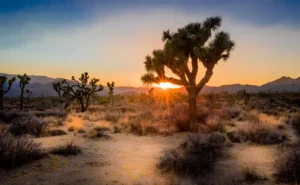


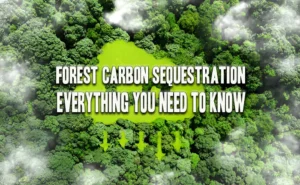
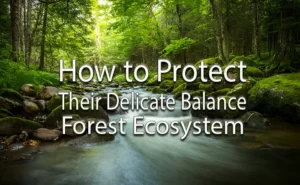
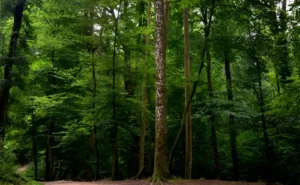
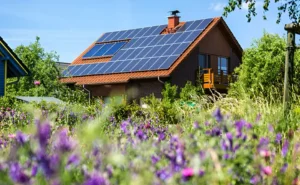


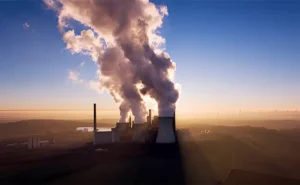
Leave your comment